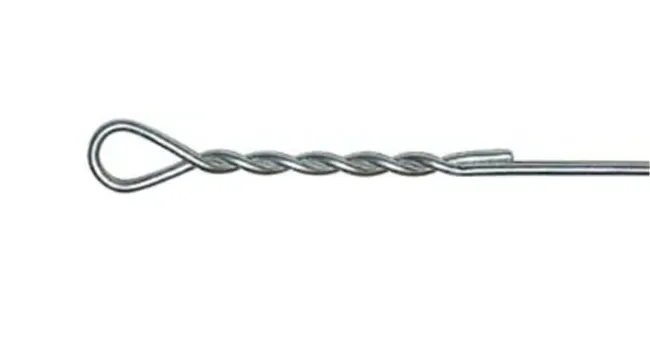-
 Phone:
Phone: -
 Email:
Email:

rock mesh retaining wall
Rock Mesh Retaining Walls An Innovative Solution for Soil Retention
Rock mesh retaining walls have emerged as a significant innovation in the field of civil engineering and construction, providing an effective solution for managing soil erosion and maintaining the stability of various terrains. These structures are designed using a combination of rock materials and mesh systems that serve to support soil while allowing for drainage and preventing the build-up of hydrostatic pressure.
One of the primary advantages of rock mesh retaining walls is their ability to integrate seamlessly into the natural landscape. Constructed from locally sourced stones or rocks, these walls blend in aesthetically with the environment. The use of natural materials not only enhances the visual appeal of the project but also contributes to sustainability by minimizing the carbon footprint associated with transportation and manufacturing of artificial materials.
The design of rock mesh retaining walls typically incorporates a grid-like mesh framework, which is filled with rock fragments. This structure is highly customizable, allowing engineers to adapt it to various soil conditions and site-specific requirements. The mesh works by providing structural support while facilitating drainage, which is vital for preventing water accumulation behind the wall. Effective drainage reduces the risk of wall failure due to hydrostatic pressure, making rock mesh retaining walls a reliable choice for construction on slopes or near bodies of water.
rock mesh retaining wall

Moreover, rock mesh retaining walls can support various types of vegetation, as the mesh allows for soil retention while providing exposure to sunlight and rain. This innovative feature encourages the growth of grasses, shrubs, and other plants, which play a crucial role in stabilizing the soil and enhancing biodiversity. The combination of natural vegetation with rock mesh systems promotes ecological balance and helps combat soil erosion by anchoring the soil in place.
Another notable benefit of rock mesh retaining walls is their cost-effectiveness. Compared to traditional concrete or masonry walls, rock mesh systems generally require less material and labor, leading to reduced construction costs. Additionally, their durability means lower maintenance costs over time, as they are resistant to many of the common issues faced by other types of retaining walls, such as cracking or shifting.
The versatility of rock mesh retaining walls extends beyond aesthetics and functionality. They can be used in various applications, ranging from residential landscaping to large-scale commercial projects and infrastructure development. Engineers and landscape architects appreciate their adaptability, making them suitable for everything from garden terraces to highway embankments.
In conclusion, rock mesh retaining walls represent a practical and sustainable approach to soil management and landscape design. By embracing the use of natural materials, they not only enhance visual aesthetics but also provide critical structural benefits. As the demand for environmentally friendly and effective construction solutions continues to grow, rock mesh retaining walls are poised to play an increasingly important role in future building projects, ensuring that we can maintain the integrity of our landscapes while promoting ecological health.
-
Wire Mesh for Every Need: A Practical SolutionNewsJul.25,2025
-
Steel Fences: Durable, Secure, and Stylish OptionsNewsJul.25,2025
-
Roll Top Fencing: A Smart Solution for Safety and SecurityNewsJul.25,2025
-
Cattle Farm Fencing Solutions for Maximum SecurityNewsJul.25,2025
-
Affordable Iron Binding Wire SolutionsNewsJul.25,2025
-
Affordable Galvanized Wire SolutionsNewsJul.25,2025
-
Wire Hanger Recycling IdeasNewsJul.25,2025








